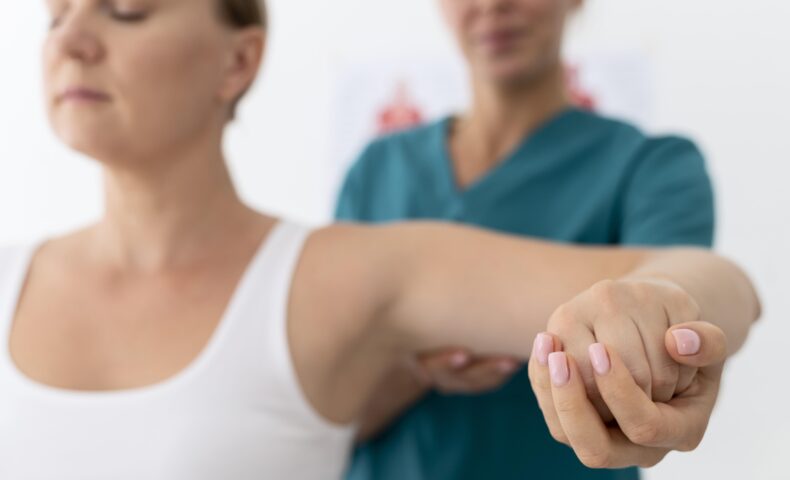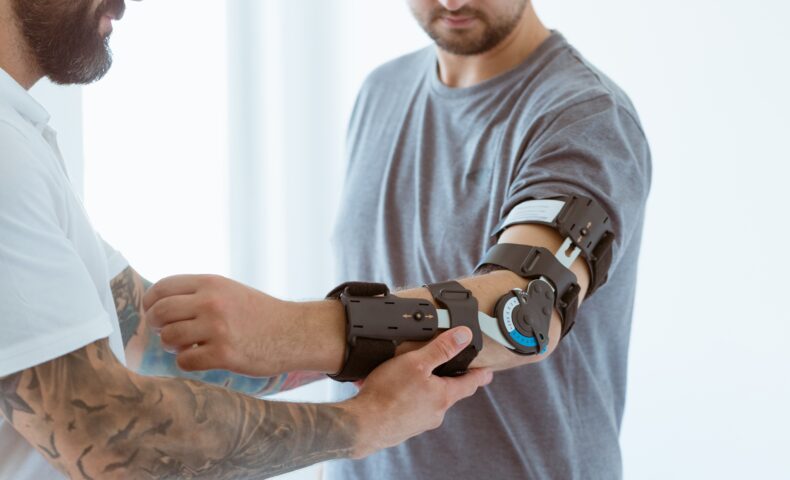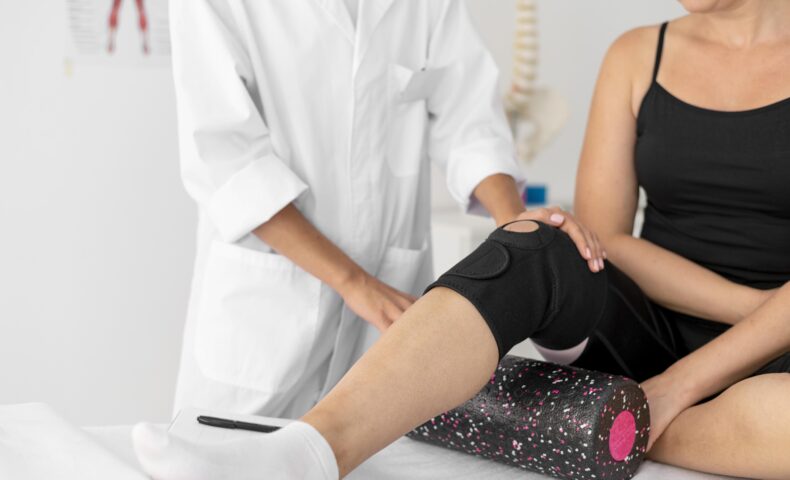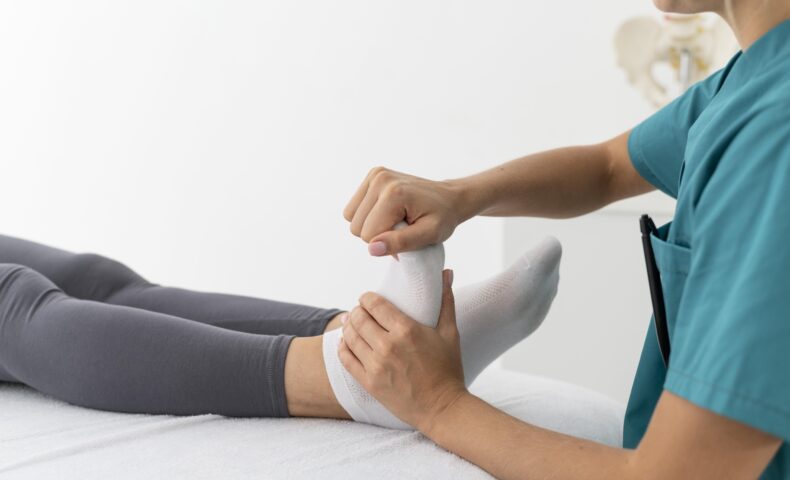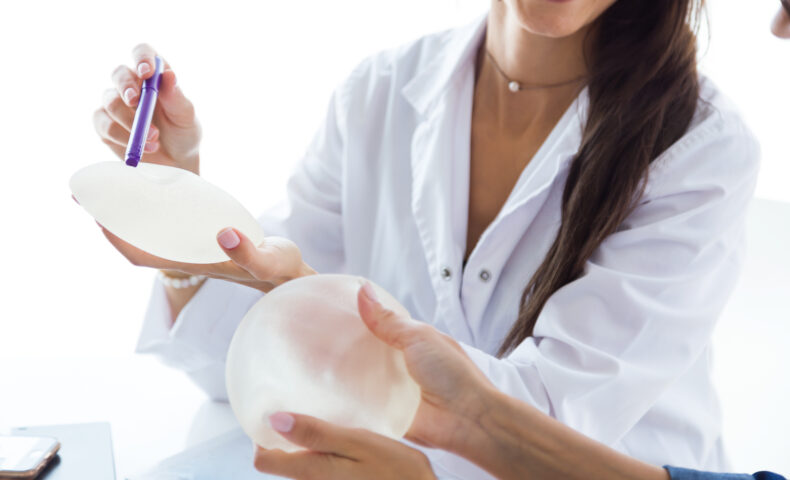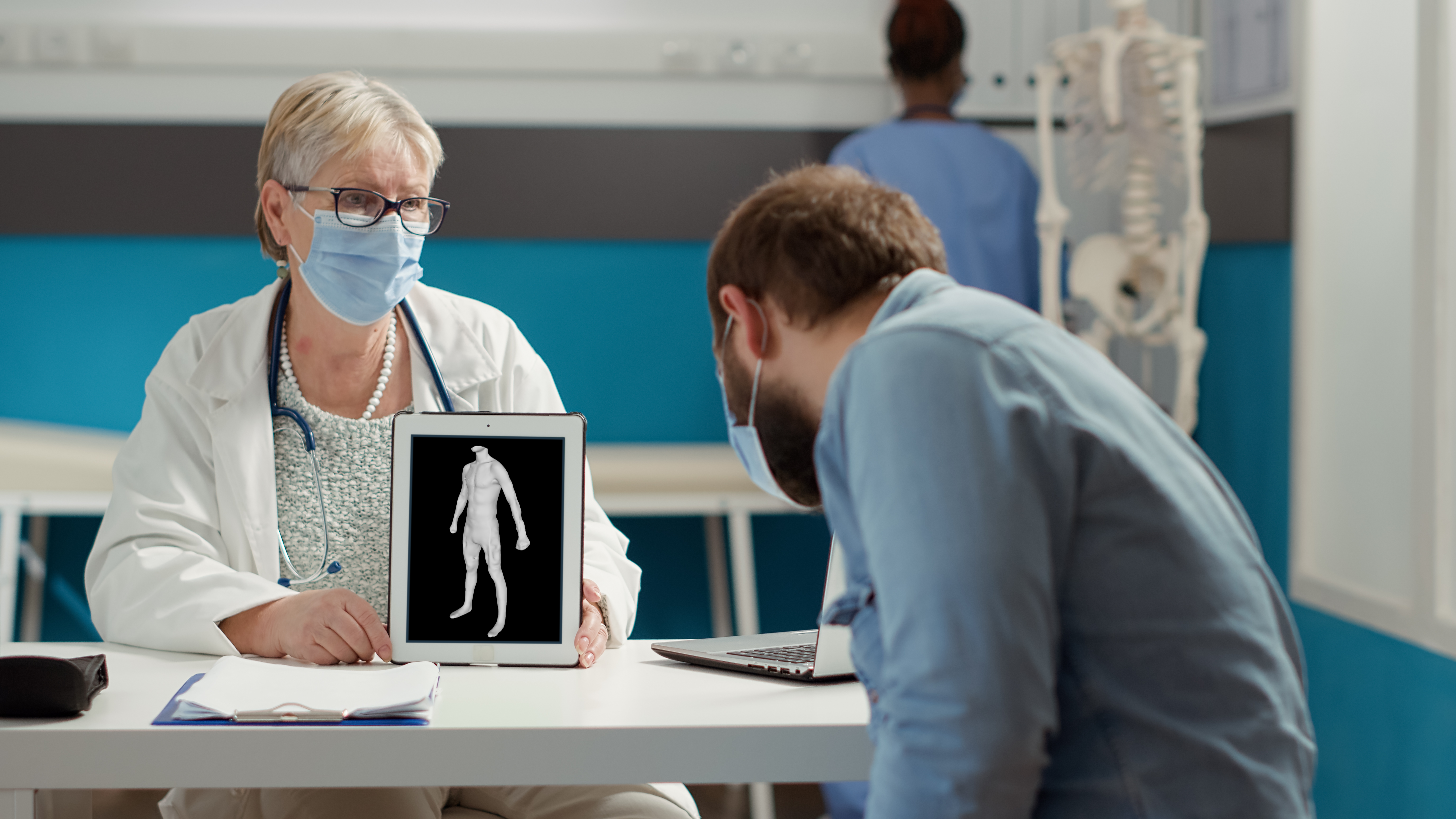Creating tailor-made medical devices such as compression garments is a major challenge in the medical field. Indeed, the acquisition of patients’ morphological data is increasingly crucial for healthcare professionals. But what if we told you that you could get a 3D view of your patient’s body? With the help of a torso, hand or foot scan. Find out more in this article about mobile 3D medical scanning for the creation of tailor-made compression garments.
Focus on compression garments
What is a compression garment?
Compression garments are articles of clothing designed to apply uniform pressure to different parts of the body. Their design is based on tight-fitting, elastic materials that exert graduated compression. In other words, the pressure is greater close to the limb or body area, and gradually decreases as it moves away.
Here are some common examples of compression garments and their specific uses:
- Compression T-shirt
- Compression glove
- Foot glove
- Compression hood
- Compression pants
- Compression sock
- Compression jacket
- Sternal compression shaper
Compression is beneficial for a number of reasons, including improving blood circulation, reducing muscle fatigue, speeding recovery from physical exertion or even preventing certain injuries. It is also prescribed for various surgical procedures such as bariatric surgery, lower abdominal liposuction, hip liposuction or tummy tucks. Likewise, these garments are prescribed for the treatment of several medical conditions, such as Ehlers Danlos syndrome, severe burns, deep vein thrombosis, post-phlebitic disease, as well as for the treatment of lymphedema.
What is the purpose of a compression garment?
Compression garments offer a range of significant benefits in both the medical and sports fields.
In the medical field:
Treatment of Ehlers Danlos Syndrome, burns and post-operative care: Elastic compression garments play an essential role in relieving symptoms in patients suffering from these conditions. By promoting blood and lymph circulation, these garments help reduce swelling, relieve pain and accelerate the healing process.
Deep vein thrombosis (DVT) and post-phlebitic disease (PVD): Elastic compression garments are used to relieve the symptoms of DVT and PVD. They facilitate venous return to the heart, reducing the risk of complications associated with these conditions.
Lymphedema: Compression garments are also effective in the treatment of lymphedema, reducing swelling and promoting lymphatic drainage.
In the sports field :
The graduated compression exerted by compression garments helps limit parasitic muscle vibrations. This reduces muscle fatigue and the aches and pains associated with physical effort. It also improves blood circulation and reduces lactic acid build-up. Compression garments therefore promote faster muscle recovery after exercise.
Compression stimulates blood flow, contributing to better muscle oxygenation and performance during physical activity. As a result, tension and the risk of muscular injury are reduced. They also provide an extra layer of protection against chafing and skin irritation during exercise. Moreover, they stabilize joints, reducing the risk of injury.
What’s the difference between contention and compression?
The distinction between contention and compression is crucial, although these terms are often used interchangeably, especially when it comes to products such as compression stockings. Understanding the difference between these two concepts is essential to choosing the right treatment in the medical field.
Contention: Contention involves passive resistance to swelling. This means that it essentially acts as an external support to limit tissue expansion, particularly of blood and lymph vessels. Compression garments or devices are designed to hold tissues in place and prevent fluid accumulation, particularly in the lower limbs. They are often used to treat or prevent varicose veins, edema and other circulatory problems.
Compression: In contrast, compression involves active pressure all along the leg to facilitate venous return. Unlike contention, which acts primarily by preventing tissue expansion, compression aims to improve blood circulation by exerting external pressure on the blood vessels. This pressure encourages the movement of blood towards the heart, reducing swelling and improving circulation. Medical compression stockings are a common example of products designed to provide therapeutic compression.
Medical compression garments are manufactured according to strict medical and technical specifications to ensure adequate pressure at the ankle and graduated compression along the entire length of the leg. This progressive compression helps reduce swelling, prevent blood clots and relieve the symptoms of venous and lymphatic disorders.
Creating tailor-made compression garments
How do you know if the compression is right?
It’s crucial that your compression garment is correctly fitted in order to benefit fully from its therapeutic advantages. A poor fit can not only compromise the effectiveness of treatment, but also lead to injury or serious complications.
The garment should be comfortable to wear and not exert excessive pressure on certain parts of the body. Make sure there are no uncomfortable pressure points or folds that could cause skin irritation. Make sure the garment is the right length to cover the treatment area effectively. It should be neither too short nor too long, to avoid any discomfort or restriction of movement.
In conclusion, the correct fit of the compression garment is essential to guarantee its effectiveness and comfort. 3D scanning therefore represents an excellent solution for providing an ideally fitted garment, even when direct access to the patient is not possible.
Which data are needed to create tailor-made compression garments?
To design custom-made compression garments, it’s essential to have precise data on the morphology of the body part to be treated. Whether it’s a compression stocking for the legs, a vest for the torso or any other compression garment. Detailed measurements are required to ensure a perfect fit and optimum treatment efficiency.
These include the specific dimensions of the body part concerned. These include length, width, circumference and other relevant anatomical measurements. This information is used to design a garment that precisely matches the shape of the patient’s body, ensuring adequate support and uniform compression where needed.
At MyFit Solutions, we offer an innovative solution that facilitates the 3D acquisition of patients’ body morphology. Directly in the office or remotely. Thanks to our advanced technology, only one tool is needed to accurately capture the dimensions and shape of the body part to be treated, eliminating the need for expensive equipment or complex processes.
3D body scanning from mobile phones with MyFit Solutions
MyFit Solutions’ 3D scanning technology can be adapted to a variety of use cases, while remaining simple to use. As illustrated in this video, all you have to do is scan the desired body part, just as you would when making a video. With MyFit Solutions’ 3D scanning solution, there’s no need for bulky, expensive equipment. A simple smartphone is all you need to perform a 3D scan. Once the scan is complete, simply visit our web platform to view and download your 3D model.
Using a smartphone simplifies not only 3D capture, but also remote measurement. And offers an alternative to the use of tape measures, which are unreliable for accurate results in medical environments.
By adopting 3D scanning to design compression garments, you’ll be able to provide a garment that fits perfectly to the patient’s morphology. But also ensure optimal healing, while reducing your return rates.
MyFit Solutions has specifically designed its solution to meet the needs and challenges of the medical sector:
- Precision:
3D scanning technology offers morphological capture to scale with millimetric precision. It reproduces every anatomical detail for the manufacture of made-to-measure compression garments.
- Ease of use:
Scanning experiences are guided, intuitive and tailored to your specific needs. Whether in the office or remotely, the process is efficient and easy.
- Efficiency:
The 3D scanning solution integrates easily into your practice in a clinical or telecare setting. This optimizes operational efficiency and enables rapid, cost-effective deployment of the technology.


